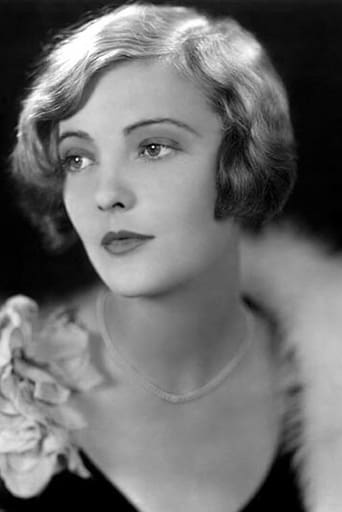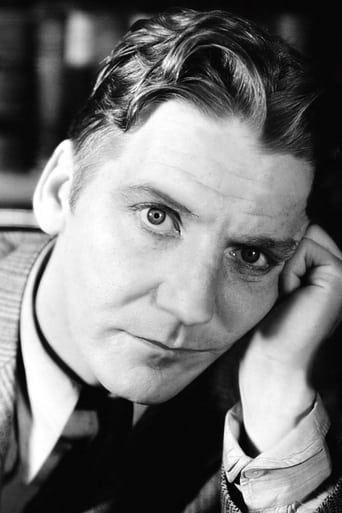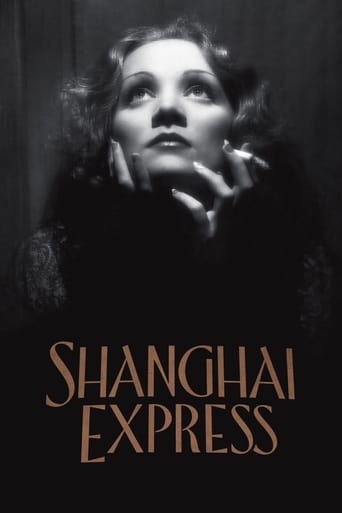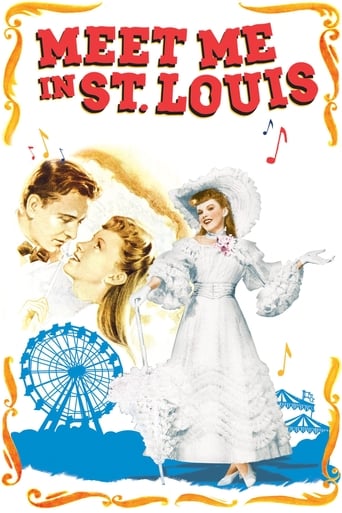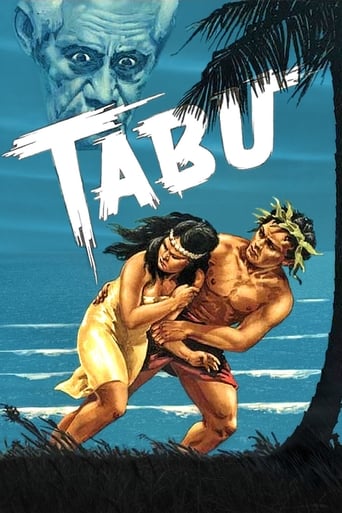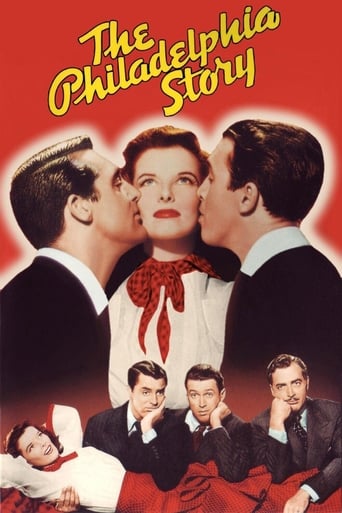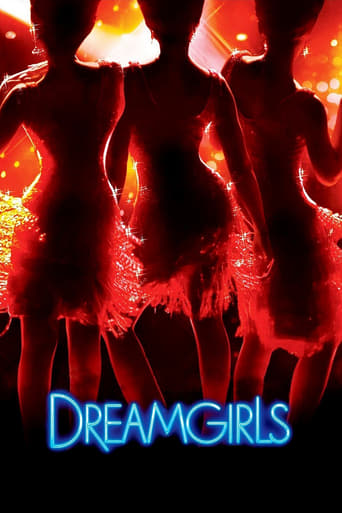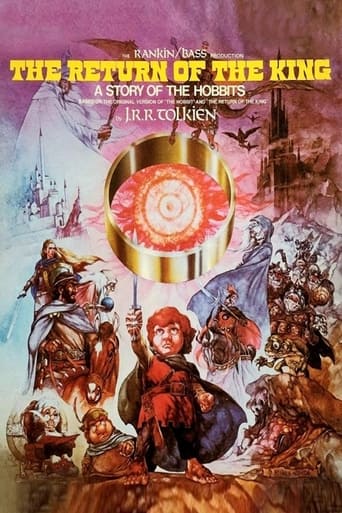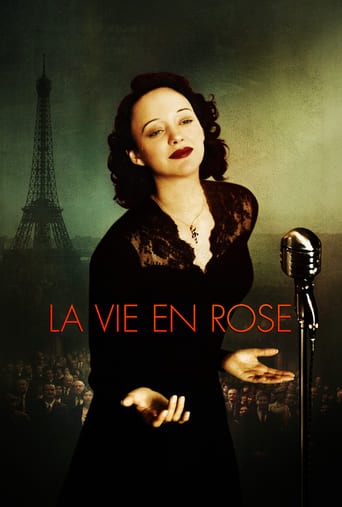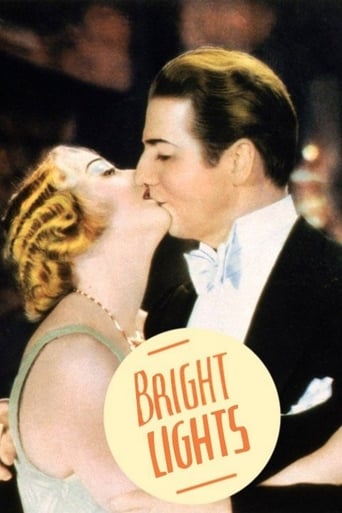
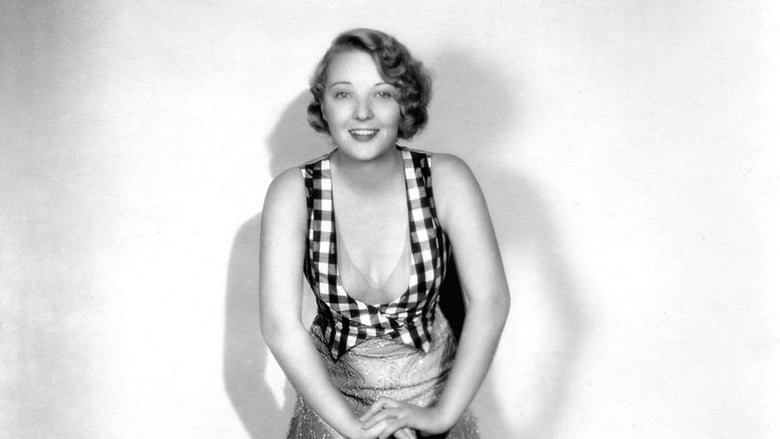
Bright Lights (1930)
In this light-hearted musical, an early color film, a successful actress tires of the bustle and hustle of her tawdry life and settles down to what she thinks is the blissful mundaneness of married life. Unfortunately, the actual drudgery of wifedom takes her by surprise and domestic turmoil ensues.
Watch Trailer
Cast


Similar titles
Reviews
"Bright Lights" (re-named "Adventures in Africa" for TV broadcasting many years after its release) is a cinematic Mulligan stew consisting of a murder mystery, multiple love stories, several musical numbers, and tedious stretches of low comedy barely held together by a witless and improbable script about a show girl (Dorothy Mackaill) who, with her partner- manager (Frank Fay) shimmies her way from small-time tropical dives and traveling carnivals to the Broadway big-time only to announce that she's giving up the stage to marry into wealth (in the person of Philip Strange as Mr. Emerson Fairchild of Long Island whose accent is British but whose mother's is Midlantic). The Fay character loves and protects Mackaill in a fatherly or businesslike manner but refrains from marrying her; every time he is about to give in to that urge he pulls back because some part of him senses that he is not worthy to be her husband. Mackaill finds his hot/cold behavior frustrating and infuriating. The development of this complex relationship takes a back seat to sometimes heavy-handed subplots enacted by the likes of Eddie Nugent in an ill-defined role (star's press agent?) eagerly trying to manage a gaggle of reporters which includes a barely visible young John Carradine and an all-too-visible Frank McHugh as an obnoxious drunk, who have assembled to cover Mackaill's final performance; James Murray and Inez Courtney as young lovers; Tom Dugan and Daphne Pollard as a violently discordant married dance team; Noah Beery as a lecherous figure from Mackaill's and Fay's sordid African past. Other, later, pre-Code films with similar elements include "I'm No Angel," "Forty-Second Street," "Murder at the Vanities" and Mackaill's outstanding 1932 feature "Safe in Hell."As far as the songs go, "Wall Street" near the beginning, despite a stage-filling chorus and carloads of set pieces and costumes, falls flat, even with expert song-and-dance man Fay at the center. He comes off better in the Harry Akst-Grant Clarke standard "Nobody Cares If I'm Blue." In dramatic scenes, however, his haggard appearance distracts from his emotionally nuanced performance. The makeup applied to his rugged features suggests Count Dracula and clashes with his gently rapid speaking voice and smooth singing style and stage manner. Among the other musical numbers, "Song of the Congo," "I'm Crazy for Cannibal Love" and "I'm Just a Man About Town" are the catchiest, both visually and melodically, though one can't help wondering what Busby Berkeley might have done with the staging. Mackaill is the centerpiece of all three; she performs a hula-type dance in the first two and wears a man's tux and top hat in the first half of the latter before emerging via camera trickery from the huddle of a male chorus wearing a dress. She also has some effective dramatic moments but, due perhaps to sloppy editing, misfires during a poorly staged dressing room temper tantrum. Her vocal range is limited, but she carries her songs confidently, dances gamely and looks magnificent in skimpy, spangled costumes as well as in screen-filling closeups.
A catastrophe! I like a lot of early sound films but this is to awful to describe. An incoherent mess that Warner's pulled before release and retitled "Adventures In Africa." This was an improvement on the original title. Having read a Barbara Stanwyck biography, I wanted to see Frank Fay's performance. You can see why his movie career failed. Some reviewers point to this movie as a transitional sound film and it might be better in it's original lost Technicolor print. Color would only point out the garish sets and costumes and Gong Show performances. Don't waste part of your life on this. If you want to see an entertaining musical from this period wait for TCM to show "Sally" or "Spring Is Here".
"Bright Lights" was for years virtually unseen, unappreciated in its day due to the huge number of musicals that exploded across early talkie screens. Shot by director Michael Curtiz in two-strip Technicolor in Dec 1929, its belated release on Sept 21 1930 found an unreceptive audience, so the film was pulled back, its 73 minute running time trimmed by five minutes, and reissued under the new title "Adventures in Africa" (the only existing title on all current prints, all unfortunately in black and white). Top billed Dorothy Mackaill had been a huge star in silents, somewhat overshadowed by the large cast, but still able to spice things up in all her scantily clad glory, director Curtiz failing to hide anything as she undresses in silhouette. Her singing isn't too bad either, but the songs tend to slow the pace of a wild, over the top script that juggles her impending marriage to wealthy socialite Fairchild (Philip Strange) with various backstage shenanigans on the night of her farewell performance. Frank Fay, then husband of Barbara Stanwyck, co-stars as Louanne's possessive former partner, who listens to her stories to the press about some of her past experiences, including a naval baring number in South Africa titled "Song of the Congo," witnessed by Portuguese smuggler Miguel Parada (Beery), whose lascivious attempt at rape finds her throwing a lit oil lamp at his face. Now on her last night in the Broadway footlights, Miguel (to no one's surprise) just happens to be in the audience, a hidden gun just waiting to exact revenge. It's somewhat jarring to find such a comedic ensemble huddled into a murder mystery for the film's second half, after Miguel winds up shot dead with his own pistol (at least the pace picks up at this time). The solution doesn't make much sense, and the possibility of a second murder at the fadeout really makes this musical a true pre-code oddity (lots of suggestive dialogue survives: "that's the cleanest proposition I've had all day!"). While most of the performers have long since faded from memory (Dorothy's making a comeback, God bless her), one uncredited actor was here making his screen debut at age 23, a Shakespearean wannabe calling himself 'Peter Richmond,' eventually going by the name John Carradine by 1935. Arriving in sunny California in 1927, Carradine was living a vagabond life, working as an artist and dishwater to make ends meet when not performing on stage, meeting his idol John Barrymore around this time with the goal of doing "Richard III." In adopting Barrymore's lifestyle of drinking and carousing, the already flamboyant Carradine found a kindred spirit, each possessing 'The Divine Madness,' forever looking down his nose at movie work, never mentioning this film while touting his next title, "Tol'able David," as his first (understandable, since there he had a featured role). In "Bright Lights," Carradine appears at the 11 minute mark for a period of 20 minutes, mostly off camera among the many newshounds gathered in Louanne's dressing room for a spot of note taking. He's the tallest one, clean shaven and wearing a hat, a newspaper photographer who gets to speak two lines, a total of four words: "Telegraph here" and "sure, sure!" Always seen in the background, he enjoys over two minutes screen time, while the unbilled blonde chased by boozing reporter Frank McHugh, Violet Madison (Jean Laverty), surely deserved a screen credit ("no matter where you hide it, I'll find it!"). He undoubtedly looked upon this as a quick buck, not intending to have a future in the movies, but by 1936 his screen career was assured, his affinity for on screen perfidy earning him kudos in John Ford's "The Prisoner of Shark Island."
I watched "Bright Lights" (1930) for the first time on TCM last night and felt that it would've been better if we could see it like it originally was presented. First of all, I wish the film could be reconstructed. It seems disjointed in places because the movie was truncated between the time it was filmed and the time it was released. It's obvious that a few songs are missing. The part played by James Murray seems to have suffered the most. He was wonderful in King Vidor's "The Crowd" (1928). I knew of his tragic early death, but wondered if he truly showed promise, or was a one-time flash-in-the pan. His acting ability in this talkie was pretty good. His potential in sound movies can only be conjectured.The screenplay was strong for the time, with witty lines and novel dramatic situations. There were unexplained holes in the plot, seemingly because of the cuts, not the screenplay. The dialog and gags delivered by Daphne Pollard and Tom Dugan were unexpected. Frank Fay's performance is likely the best he ever did on the screen. His delivery of the song, "Nobody Cares" is excellent. However, Dorothy Mackaill's singing and dancing are weak, to say the least. The film stands out from other films of the time because of director Michael Curtiz and cinematographer Lee Garmes. Some shots are set up creatively. The visual pacing is above average for the time. There obviously was care and preparation used in making this film.Now to the point of Technicolor. I think to film would make a much stronger impression on us if we could see it in the original color. The seemingly harsh make-up would have been more palatable in color. The costumes and musical numbers were obviously designed with color in mind. As we see it now, in mere black-and-white, the numbers pass in a blur of overblown activity. They are unquestionably over-done, probably to take the focus off Dorothy Mackaill's limited singing and dancing, but would be more impressive if we could see them in color.It is unfair to judge "Bright Lights" as it exists today. We can only dream of what it originally was like. Only then it would seem better than we had originally thought!


